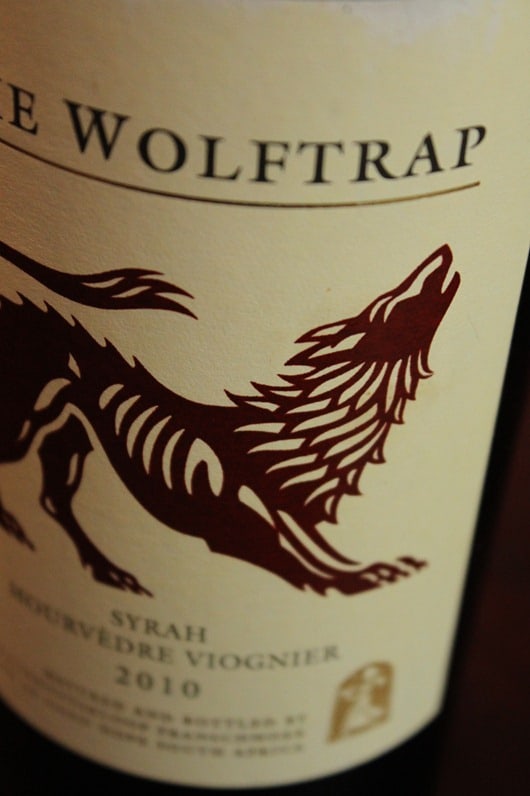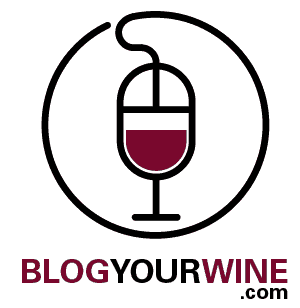
Grape
Syrah 65%, Mourvedre 32%, Viognier 3% – often referred to as a “Rhone-blend”.
Facts
- Boekenhoutskloof, pronounced book-n-howeds-kloof, has always been one of my favorite wineries to say! Established in 1776, Boekenhoutskloof means "ravine of the Boekenhout". A Boekenhout is an indigenous South African tree generally prized for furniture making.
- Syrah brings the power, spice and dark fruit, Mourvedre brings red fruit and earthy notes, and Viognier (white grape) mellows the wine out and adds “aromatic complexity”.
- The wine gets its name from the early settlers in the Franschhoek valley (where the Boekenhoutskloof winery is located) who built Wolftraps. The only problem is, there’s never actually ever been any wolves seen in or around the region.
- This type of red blend is inspired by wines from the Rhone region of France. In the Rhone, Grenache is normally the dominant grape, with New World winemakers usually preferring to give the title to Syrah.
- Marc Kent (the winemaker for the Boekenhoutskloof) purchased the property back in 1993. He made he first 6000 bottles of wine in ‘96, with production now skyrocketing over 1 million bottles. That’s growth!
 Place (click map for larger view)
Place (click map for larger view)
-
Even though winemaking in South Africa dates back to 1659, it’s still considered part of the “New World”.
-
In South Africa, the higher quality wines are from regions generally closer to the Atlantic and Indian Ocean’s coastline. Towards the interior, it gets extremely hot and produces wines that are rough and overripe. This wine is from the Western Cape Franschhoek valley, just outside of Cape Town.
-
Chenin Blanc remains king of the South African white grapes, with Sauvignon Blanc and Chardonnay trailing a long way behind.
-
Cabernet and Shiraz dominate red grape plantings, and even though everyone thinks South Africa has branded Pinotage as the “red-headed stepchild” grape, plantings of it still rank a joint 3rd along with Merlot (based on 2010 numbers). I think personally think Pinotage has potential, it’s just that most wineries haven’t given it a fair shot.
-
Over 112,700 hectares of vineyard exist in South Africa, which equates to around 435 sq miles. However, this still only ranks it as the 7th largest producer in the world.
Taste
Made in an easy-drinking and approachable style, the Wolftrap does show a fair amount of spice (from the Syrah), but it’s restrained. Medium in body. Plum, red cherry, smoked meat, blue fruit lurking on the mid-palate, and tobacco. Oak isn’t blatantly obvious. A great introduction for those who’ve yet to explore what South Africa really has to offer.
Pairing
For me, most South African wines tend to have at least one foot in the Old World, so think about that when pairing with food. Mushrooms, burgers on the grill, flank steak, hearty red-sauce pasta; but with all that said, perfectly fine on its own.
Price
$12.99 and fairly readily available. Imported by Vineyard Brands.



